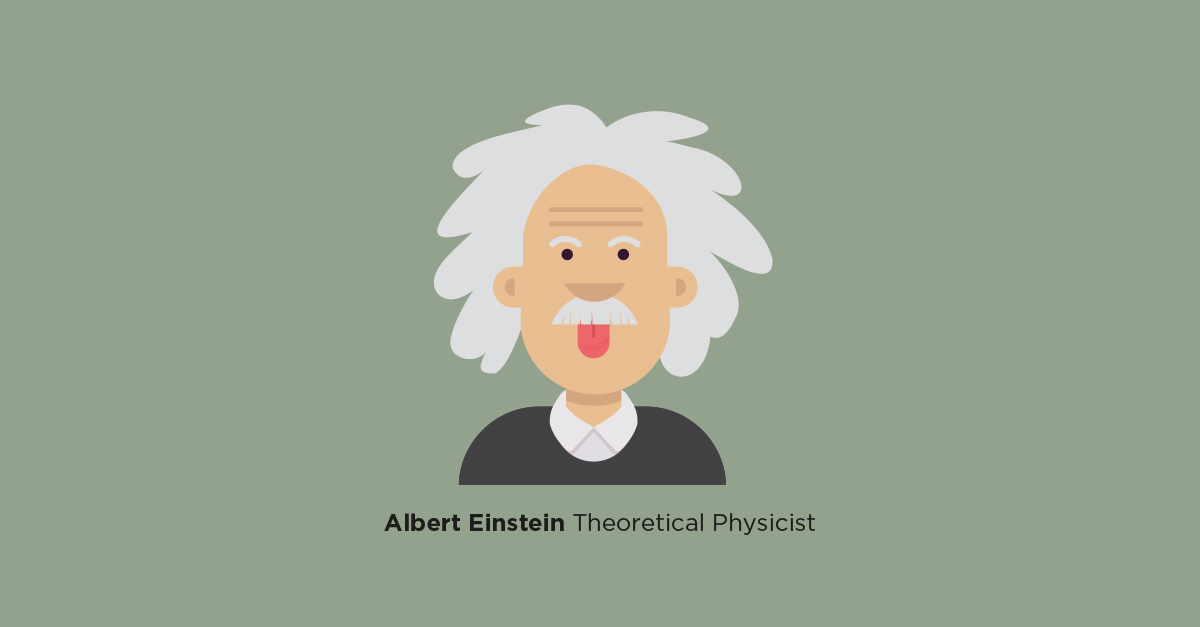Creative nonsense – Why finding less logical and more magical solutions can make marketing sense

Why is it that all too often the concepts that get through to market are those that have been assessed and tweaked until they solve the problem in a safe, logical way. These ideas follow tried and tested formats and do the job, but they risk becoming boringly sensible.
Many ‘creative’ solutions simply solve the problem in the most obvious way, because our economy runs on logic. After all, no client would want to spend money on a creative solution that goes against logic or data. Companies pay a lot of money to understand their audience preferences and have collected reams of product performance data. And while I’m not suggesting we ignore this vital information, I do believe that only by thinking genuinely differently, by doing something unexpected, will run-of-the-mill brands manage to shift brand perceptions and engagement enough to make us take note.
I like nonsense, it wakes up the brain cells.
Dr Seuss
In ‘Alchemy: The Surprising Power of Ideas That Don’t Make Sense’ by Vice Chairman of Ogilvy UK, Rory Sutherland, Rory argues for nonsensical solutions to combat a world of mind-numbing conformity, stating that something doesn’t always have to make sense to work.
‘The need for logic and certainty, and to appear scientific in our methodology, may prevent us from considering other less logical and more magical solutions that may be cheap, fast-acting and effective.’ Rory Sutherland
Science, economics and engineering doesn’t allow magic, whereas psychology does. And it’s why people do things and buy things that aren’t always logical. We know that most consumer decisions are based on emotion, but consumers are also quite often erratic and impulsive.
It all comes back to the point that humans make decisions based on emotion, even over logic, consumers can also act in ways that at first seem quite erratic.
After all we pay good money for:
- Bottled water – when good quality water is available from every UK tap.
- Red Bull – though research proved people thought it tasted awful.
- Stripy toothpaste – though there are no proven benefits.
- More expensive perfume in smaller bottles.
- Marmite in glass jars, rather than easy squeezy, plastic bottles.

When Marmite decided to solve the tricky problem of getting the last of the super-sticky spread from the bottom of their glass jars, they introduced squeezy bottles, which promptly bombed. They may have been larger, better value, and easier to use, but the British public didn’t want to lose the glass jars, emotion featured highly in their reasoning. Feelings of heritage and buying into a brand classic were seen to matter more than ease of use. Perhaps the process of getting it from the jar is even part of the theatre or experience.
Illogical ideas can even seem downright dangerous.
I wouldn’t have wanted to be the person presenting to a road safety committee the idea that maybe the best way to make roads safer is to remove the white lane markings. I can imagine the stoney silence.

However, the government is starting to remove white lines from the middle of roads in parts of the UK – to reduce accidents and save lives! It’s illogical, but people went much more slowly as they perceived potential danger.
Research has shown that removing white lines induces uncertainty and as a result cuts vehicle speeds by 13%.
It was an idea pioneered by the Dutch engineer, Hans Monderman. Monderman’s principle is that freedom to assess risk for ourselves is what makes us safer.
If at first, the idea is not absurd, then there is no hope for it.
Albert Einstein

An apparently absurd creative route can be uniquely powerful because it is usually in-sync with human behaviour. It usually also relies on emotional persuasion, whether conscious or subconscious.
It’s worth noting that research and information are still vital, before we throw logic out of the window – but the most important information can only be established by asking the right question. ‘Why’ are people really motivated to do what they do? And it isn’t always the first and logical reason, or the reason that people give when asked.
“We are not thinking machines that feel — we are feeling machines that think.” Antonio Damasio
For instance Rory Sutherland discusses how people buy power drills. One person might buy a drill because they need to drill a hole at home. But you might also buy a drill because you see it and want it – for future use, then you wander round your home looking for something to drill.
It sounds stupid, but when I bought a drill, I didn’t need one at the time. By asking the question, why, we can see that those who buy in order to be prepared, might want a different model or specification than someone who urgently needs to drill a hole, or someone who needs the tool for everyday use, or for work. The ‘why’ leads marketers on a different route, and when making drills attractive to people who purchase on a whim – store positioning and visual triggers become much more important, as does highlighting multi-functionality.
“Watzlawick et al. find it is not what you say that builds relationships, but how you say it. Or, in advertising terms, it is not the rational message that builds brand relationships, but the emotional creativity.” — Heath 2006We’re all driven by our unconscious desires, which is why the best ideas make you feel more than you think. And that might just mean the best solutions involve non-sense rather than being nonsense.